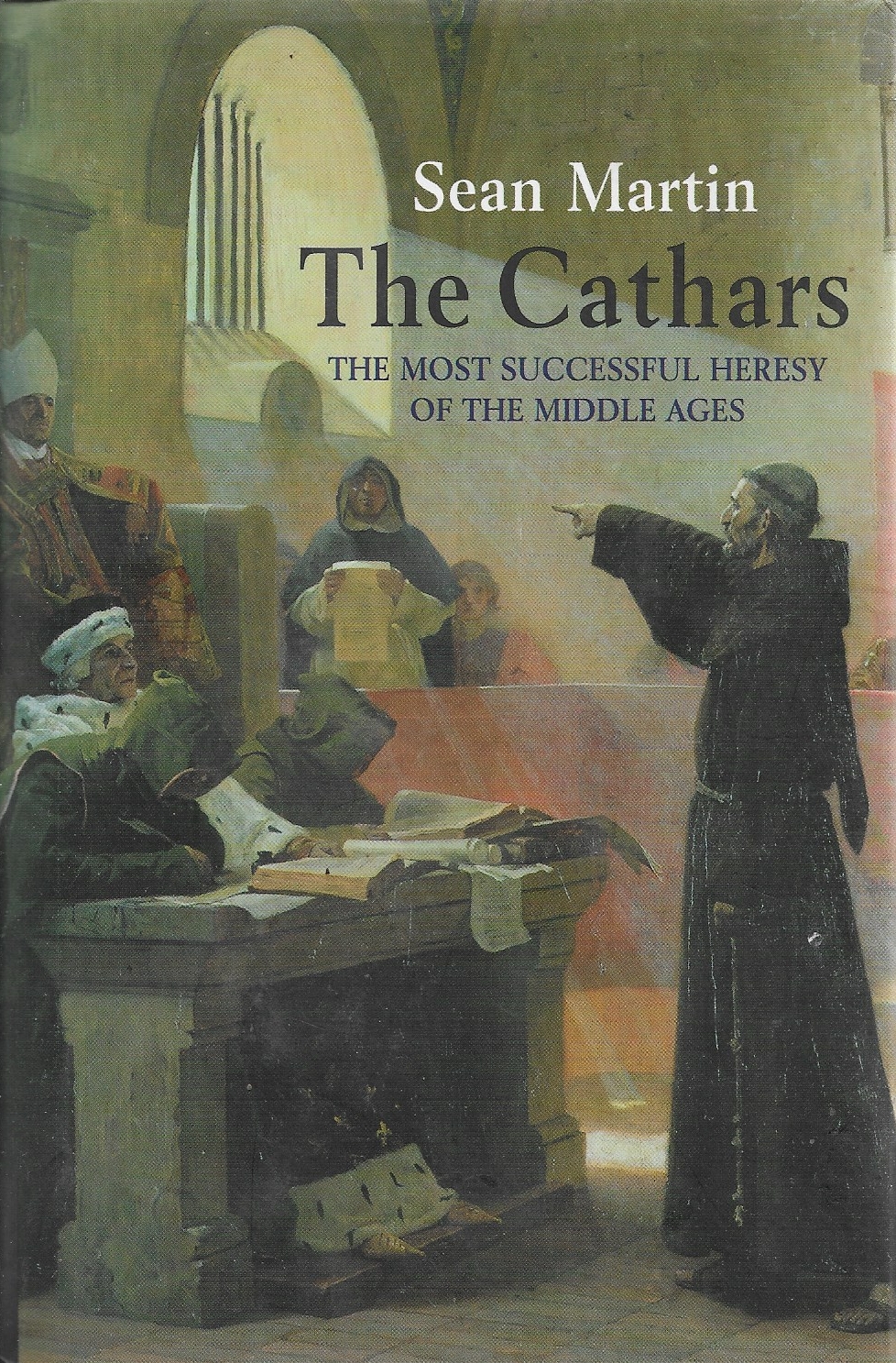The Cathars - The most successful heresy of the Middle Ages
Parfait état
Catharism was the most successful heresy of the Middle Ages. Flourishing principally in the Languedoc and Italy, the Cathars taught that the world is evil and must be transcended through a simple life of prayer, work, fasting and non-violence. They believed themselves to be the heirs of the true heritage of Christianity going back to apostolic times, and completely rejected the Catholic Church and all its trappings, regarding it as the Church of Satan. Cathar services and ceremonies, by contrast, were held in fields, barns and in people’s homes. Finding support from the nobility in the fractious political situation in southern France, the Cathars also found widespread popularity among peasants and artisans. And again unlike the Church, the Cathars respected women, and women played a major role in the movement. Alarmed at the success of Catharism, the Church founded the Inquisition and launched the Albigensian Crusade to exterminate the heresy. While previous Crusades had been directed against Muslims in the Middle East, the Albigensian Crusade was the first Crusade to be directed against fellow Christians, and was also the first European genocide. With the fall of the Cathar fortress of Montségur in 1244, Catharism was largely obliterated, although the faith survived into the early fourteenth century. Today, the mystique surrounding the Cathars is as strong as ever, and Sean Martin recounts their story and the myths associated with them in this lively and gripping book.
Contents
Prologue - Béziers
Heresy and orthodoxy
The foxes in the Vineyard of the Lord
The Albigensian Crusade
The Inquisition
The Autier revival
Italy and Bosnia
The cathar treasure
Appendix
Chronology
An heretical lexicon
Chartwell Books, 2005, 192 p.


